Review: Android 4.2 Jelly Bean
Daydream
Daydream is Google's fancy name for an interactive live lock screen wallpaper. Devices running Android 4.2 Jelly Bean can be set to show dynamic wallpapers on the lock screen. We're not talking about floating bubbles, we're talking about photo slideshows, clocks, and updated content pulled in from Google Currents (Google's Flipboard/Pulse competitor).
Out of the box, only four apps/services are able to act as these new Daydream wallpapers. According to Google, however, developers can enable their existing widgets with Daydream functionality via the latest Android SDK. It's a neat idea, but keep in mind that leaving the display on and actively displaying content can be somewhat distracting if it is sitting on your desk at work.
I set up the Google Currents app with content from the web and then set that to act as my device's Daydream. It was OK on the Nexus 4. The way Google Currents operates in Daydream it scrolls news stories sideways across the display. From several feet away, you can't really read the headlines well enough to understand them. This sort of negates the usefulness. Daydream keeps the clock on the lock screen and moves it around. The photo shows offer two different ways to view slides on the lock screen.
Google envisions that Daydream will be best utilized when a device is docked or charging, and I am going to have to agree. It keeps the display on all the time and would drain the battery quickly if the device is not plugged in. I typically prefer that my devices' screens are off when I am not using them, even when they are charging.
Lock Screen Widgets
One of the more interesting new features of Android 4.2 are widgets for the lock screen. These are different from Daydream in that they are only available in that brief moment after you've woken up the display, but before you've unlocked the device and gone to the home screen.
Google has offered widgets to the home screen panels of Android devices from day one. Android 4.2 marks the first time this feature has been extended to the fleeting lock screen. I wish I could say the implementation is seamless, but that's not how it plays out on the Nexus 4.
For example, when the N4's screen is first woken from sleep, you'll see two lines briefly appear close to the left and right edges of the display. These are a visual indicator to let you know the widgets are there, off-screen. Personally, I don't need a reminder, and find the white lines to be annoying. Rather than unlocking the device, you slide the lock screen over to the left to access the widgets or the right to access the camera. I don't mind the access to the camera, but it feels clunky. HTC and Samsung have done a better job of creating usable lock screen shortcuts for the camera in their Sense and TouchWiz user interface overlays. Microsoft has done one better with Windows Phone 8, as the camera can be launched with a long-press of the physical camera button.
At the moment, there are only four lock screen widgets available: clock, email, calendar, and messaging. The widgets offer a static look at the top of your email and SMS inboxes, as well as the calendar items for "today." You can't interact with the widgets, you can only see what's there. If you want to go to your Gmail inbox, you have to touch the widget, which then opens the full Gmail application.
The real problem with the implementation comes into play when you use a screen lock. Granted, not everyone uses a screen lock, but everyone should. You can view the lock screen widgets without unlocking the device. This could be a serious security issue, as it lets people at least view the sender and subject of your most recent 10 emails, and the same for text messages. The real pain in the neck, though, rears its head when you're viewing one of the lock screen widgets and you decide you want to open that particular app. You've already woken your device, swiped over to your SMS widget, seen several unread messages. If you choose to press the SMS lock screen widget to open the app, you then have to unlock your phone before you can see the messages. (See video below.) As far as I am concerned, you are much better off simply unlocking your device and using the normal home screen widgets for these same apps.
But hey, it give you more options, so, lock screen widgets: yay.
As with Daydream, Google is allowing developers to make their existing widgets compatible with the lock screen widget system. Look for the number of lock screen widgets to grow quickly as developers take advantage of this feature.
Windows Phone 8 has a similar feature for its lock screen. In addition to offering a look at missed calls, messages, and so on, WP8 lets users see an in-depth look at one particular type of notification (such as the most recent email). Microsoft doesn't call this functionality widgets, however.
Photo Sphere
Photo Sphere is a new capability for the standard Android 4.2 camera. Essentially, it allows Android devices to capture near 360-degree, spherical images. The results are not as cool as the name suggests.
If you've ever taken a panorama with a smartphone, apply that same general concept to Photo Sphere. (See video below.) In panoramas, you sweep the camera from side-to-side to capture a wide vista. With Photo Sphere, you sweep the camera side-to-side and up-and-down. The tool is relatively easy to use and guides you through the process of capturing the spherical images. The camera app crashed on me several times while attempting to capture these spheres, though, resulting in a loss of everything that I had captured.
The final images are odd things that are more distorted and out-of-perspective than panoramas are. You can view them on your smartphone and on Google+ only. Right now, those are the only places, which severely limits the usefulness of the feature. The images rarely make sense if you go for a full 360-degree sphere. I found the tool to be more useful for taking (essentially) really wide-angle shots by capturing a partial "sphere".
It's a cool idea that I hope Google is able to refine over time.
Traceable Keyboard
Google may allow third-party companies to offer alternate keyboards - including ones where you can draw a word in one stroke - but Google is apparently keen on making sure stock Android includes this feature. Android 4.2 introduces a new traceable keyboard that acts similarly to SwiftKey, Swype, or T9 Trace. Google has done a pretty good job with the feature.
In my tests of the new Android trace keyboard, it was just as accurate as Swype and SwiftKey, and - for my money - a little bit faster, because the Google keyboard made fewer mistakes. More importantly, if it couldn't figure out what I was trying to type, the word I wanted was usually listed among the alternatives (which appear between the keyboard and the text field.) Swype and SwiftKey aren't as good (in my experience) at providing the right set of alternatives when the software is confused. Google's keyboard is also better than the third-party keyboards at guessing the word before you're done typing.
Beyond the accuracy, Google's keyboard also attempts to predict what word will probably come next in the sentence you're typing. This feature wasn't perfect, but offered the approximate correct word about 50% of the time. This can really help speed up typing if you get lucky with a string of good guesses on Google's part.
In sum, I like this new keyboard and prefer it to third-party keyboards that are available from the Google Play Store. Apple's iOS and Microsoft's Windows Phone do not offer traceable keyboards, whether homegrown or from third-parties. That gives Android, and Jelly Bean in particular, a leg up for those who compose a lot of messages from their phones.


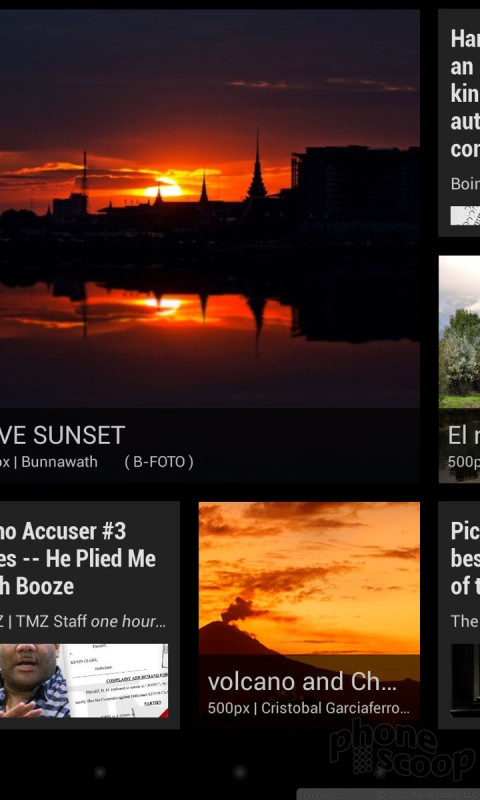





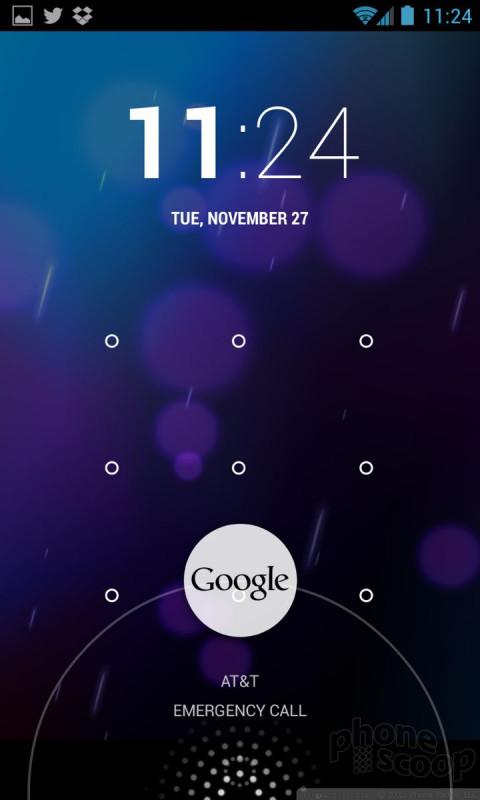





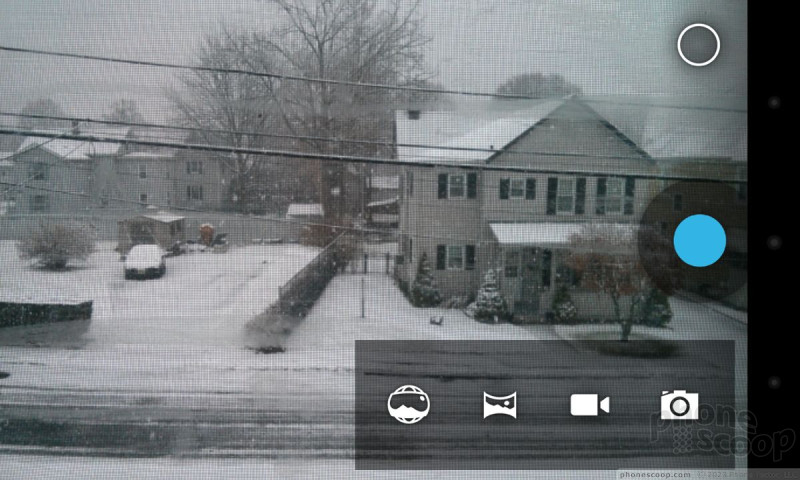



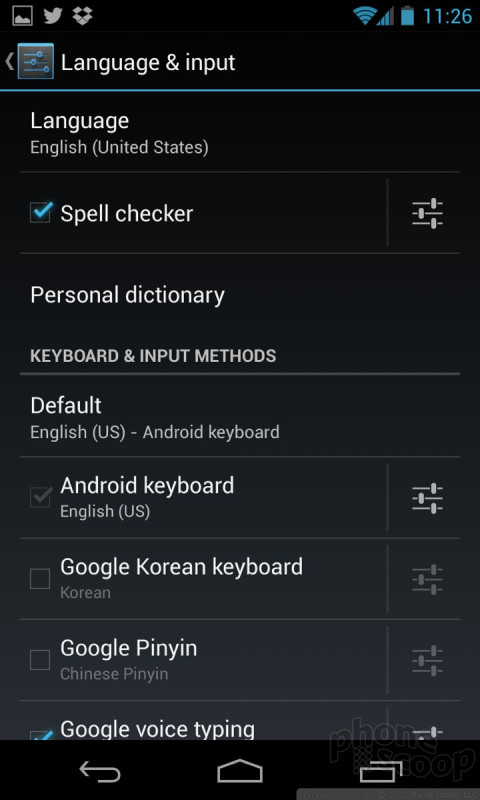




 iPhone 15 Series Goes All-In on USB-C and Dynamic Island
iPhone 15 Series Goes All-In on USB-C and Dynamic Island
 Samsung S24 Series Adds More AI, Updates the Hardware
Samsung S24 Series Adds More AI, Updates the Hardware
 Hands On with the Motorola razr and razr+ (2024)
Hands On with the Motorola razr and razr+ (2024)
 OnePlus 11 Pumps up Flagship Specs
OnePlus 11 Pumps up Flagship Specs
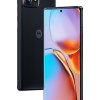 Motorola's New Flagship Gets its Signature Edge Back
Motorola's New Flagship Gets its Signature Edge Back





